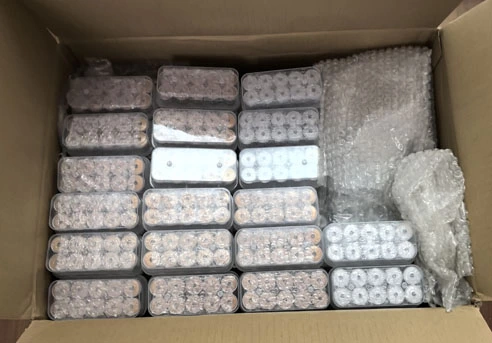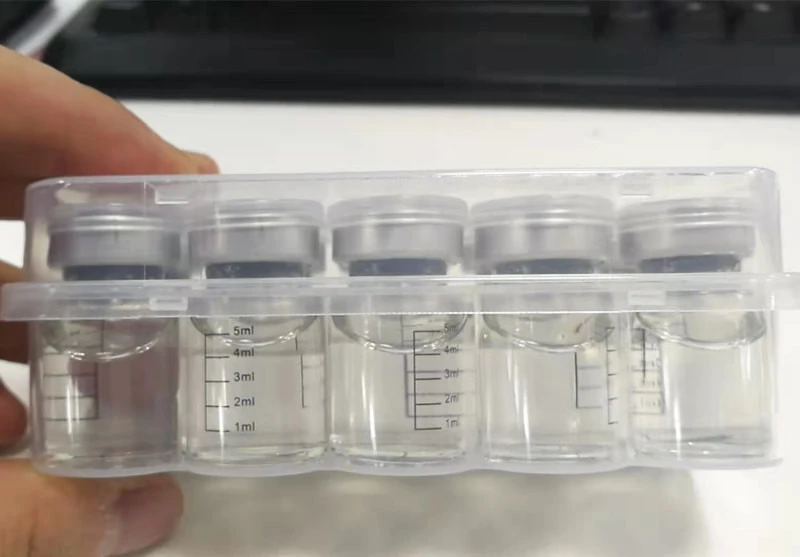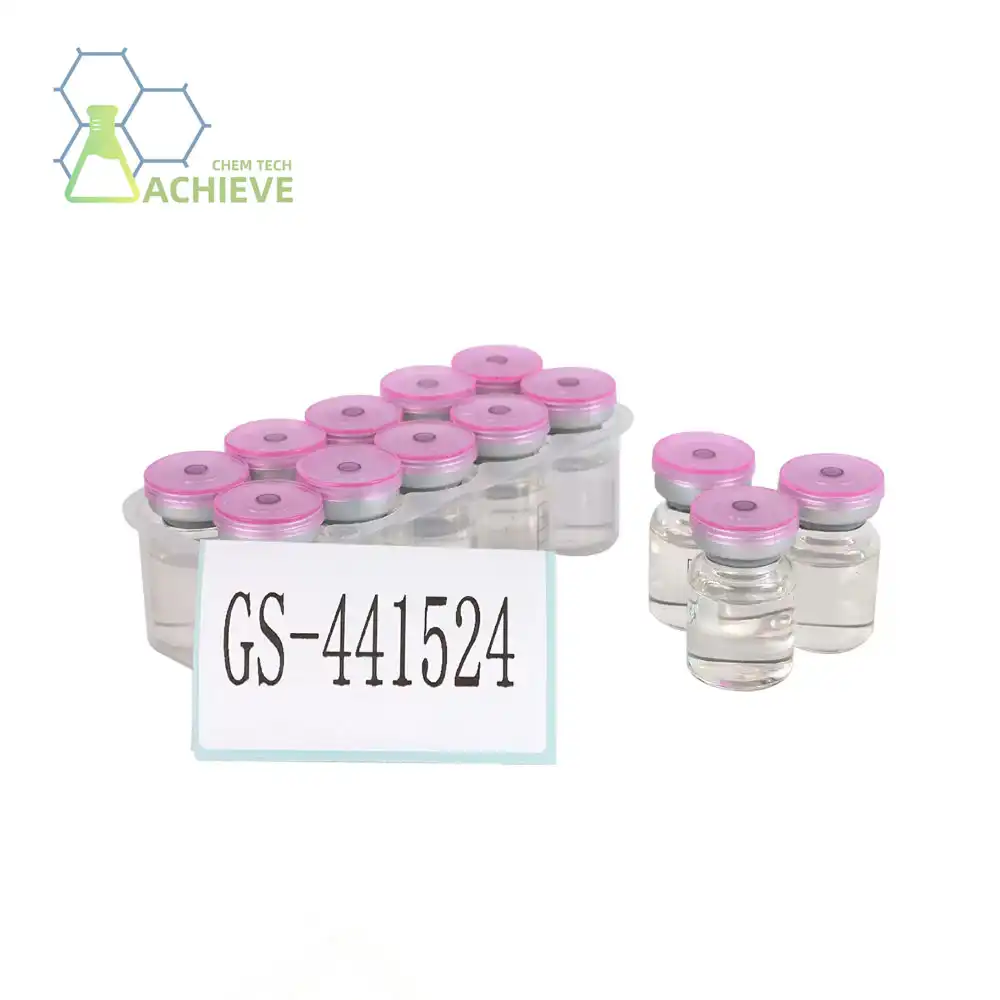How does coronavirus cause FIP?
Feline Infectious Peritonitis (FIP) is a devastating disease that affects cats worldwide. Understanding how coronavirus causes FIP is crucial for cat owners and veterinarians alike. In this comprehensive guide, we'll explore the intricacies of FIP, its fatal nature without treatment, and the groundbreaking use of GS-441524 in treating this condition.
Product: https://www.bloomtechz.com/oem-odm/injection/gs-441524-fip.html
Feline Infectious Peritonitis (FIP) explained simply
FIP is a complex disease that stems from a mutation of the feline coronavirus (FCoV). While many cats carry FCoV without issue, in some cases, the virus mutates within the cat's body, leading to FIP. This mutation allows the virus to infiltrate and replicate within the cat's immune cells, particularly macrophages.
The mutated virus causes an overactive immune response, leading to widespread inflammation throughout the body. This inflammation can affect various organs, including the abdomen, chest cavity, and even the brain and eyes. The result is a severe, systemic disease that manifests in two primary forms: wet (effusive) FIP and dry (non-effusive) FIP.
|
|
|
Wet FIP is characterized by the accumulation of fluid in the abdomen or chest, while dry FIP typically presents with granulomatous lesions in various organs. Both forms can lead to a range of symptoms, including:
- Fever
- Weight loss
- Lethargy
- Loss of appetite
- Jaundice
- Neurological symptoms (in some cases)
The progression of FIP can be rapid, especially in young cats, making early diagnosis and treatment crucial for survival.
Why is FIP considered fatal without treatment?
Historically, FIP has been considered a death sentence for affected cats. The reasons for its fatal nature without treatment are multifaceted:
- Immune system dysfunction: One of the key reasons FIP is so dangerous lies in how the cat’s immune system responds to the mutated feline coronavirus. Instead of targeting the virus effectively, the immune system begins to attack the cat’s own tissues. This immune-mediated reaction results in severe inflammation, especially in the abdominal cavity, brain, and eyes, ultimately causing irreversible damage to vital organs.
- Rapid disease progression: FIP can escalate quickly once symptoms begin to appear. This is particularly true in younger cats and kittens, whose immune systems may already be underdeveloped or compromised. The fast progression often leaves little time for diagnosis and intervention before the disease becomes overwhelming.
- Lack of effective treatments in the past: For many years, FIP had no approved or widely accessible treatment options. Veterinarians could only offer supportive care aimed at easing symptoms, but these efforts did little to stop the underlying disease. As a result, most cases ended in euthanasia or natural death within weeks of diagnosis.
- Diagnostic difficulties: FIP is notoriously hard to diagnose definitively. Its symptoms often mimic other feline diseases, and specialized tests may not always provide clear answers. The lack of a simple, reliable diagnostic method has historically led to misdiagnoses or delays in care, which further reduced the chances of survival.
- Widespread impact on organ systems: Unlike illnesses that target a specific part of the body, FIP affects multiple systems at once. It can cause neurological symptoms, fluid buildup in the abdomen or chest, eye inflammation, and organ failure. This systemic involvement makes the disease particularly difficult to manage and treat comprehensively, even if the symptoms are initially mild.
The combination of these factors has historically resulted in a near 100% mortality rate for cats diagnosed with FIP. However, recent advancements in antiviral therapies, particularly the development of GS-441524, have dramatically changed the prognosis for cats with FIP.
|
|
|
How is GS-441524 used to treat FIP?
GS-441524 has emerged as a game-changing treatment for FIP. This antiviral compound works by inhibiting viral RNA replication, effectively stopping the coronavirus from reproducing within the cat's body. Here's how GS-441524 is typically used in FIP treatment:
- Administration: GS-441524 is usually given as a series of subcutaneous injections, typically once daily for 84 days (12 weeks).
- Dosage: The dosage is calculated based on the cat's weight and the severity of the FIP. Cats with neurological or ocular involvement may require higher doses.
- Monitoring: Throughout the treatment, cats are closely monitored for signs of improvement, including: Resolution of fever, Increased appetite and weight gain, Improved energy levels, Normalization of blood work parameters.
- Adjustments: The dosage may be adjusted based on the cat's response to treatment and any side effects observed.
- Post-treatment observation: After completing the 84-day course, cats are typically observed for an additional 84 days to ensure no relapse occurs.
The efficacy of GS-441524 in treating FIP has been remarkable, with success rates reported to be over 80% in properly diagnosed and treated cases. This high success rate has transformed FIP from a virtually always fatal disease to one that is potentially curable with appropriate treatment.
It's important to note that while GS-441524 has shown tremendous promise, its use is still considered experimental in many jurisdictions. Cat owners should work closely with veterinarians experienced in FIP treatment to ensure the best possible outcome for their feline companions.
Potential challenges and considerations
While GS-441524 has revolutionized FIP treatment, there are several challenges and considerations to keep in mind:
- Cost: The treatment can be expensive, potentially costing thousands of dollars over the course of therapy.
- Duration: The lengthy treatment period (84 days of injections) can be stressful for both cats and their owners.
- Injection site reactions: Some cats may experience pain or develop sores at injection sites, requiring careful management.
- Potential for relapse: While rare, some cats may experience a relapse after treatment, necessitating additional therapy.
- Legal status: The regulatory status of GS-441524 varies by country, potentially affecting its availability and use.
Despite these challenges, the advent of GS-441524 treatment has given hope to countless cat owners and has saved the lives of many feline companions who would have otherwise succumbed to FIP.
Conclusion
The journey from understanding how coronavirus causes FIP to developing an effective treatment has been a remarkable one. GS-441524 has emerged as a potent weapon against this once-fatal disease, offering hope and a second chance at life for affected cats. As research continues and more data becomes available, it's likely that FIP treatment protocols will continue to evolve and improve.
For those in the pharmaceutical and chemical industries seeking high-quality compounds for research or production, Shaanxi BLOOM TECH Co., Ltd. is at the forefront of chemical manufacturing. With our state-of-the-art GMP-certified production facilities and expertise in complex chemical reactions and purification methods, we are equipped to meet the diverse needs of industries ranging from pharmaceuticals to water treatment. Whether you're looking for long-term contracts for bulk chemical purchases or specialized compounds for your research, we invite you to explore how BLOOM TECH can support your chemical needs. For more information or to discuss your specific requirements, please contact us at Sales@bloomtechz.com. Let's work together to advance scientific discovery and industrial innovation.
References
- Pedersen, N. C. (2019). Feline infectious peritonitis: A review of experimental treatments and management of the disease in the field. Journal of Feline Medicine and Surgery, 21(6), 547-572.
- Addie, D. D. (2020). Feline coronavirus and feline infectious peritonitis: A review of the latest research. The Veterinary Journal, 256, 105458.
- Murphy, B. G., et al. (2018). The nucleoside analog GS-441524 strongly inhibits feline infectious peritonitis (FIP) virus in tissue culture and experimental cat infection studies. Veterinary Microbiology, 219, 226-233.
- Holzworth, J. (2021). Current perspectives on feline infectious peritonitis and the role of antiviral therapy. Veterinary Clinics: Small Animal Practice, 51(4), 731-748.

Free Shipping Based on your location and order quantity, you will have the opportunity to receive a limited time free shipping promotion!

BLOOMTECHZ







